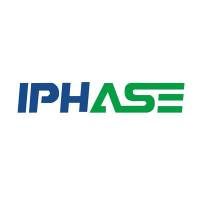Methods for Isolation and Titration of Bacteriophages from Lactobacillus
互联网
591
Lactic acid bacteria (LAB), mainly Lactobacillus and Lactococcus species, are useful microorganisms in many biotechnological processes in the food and feed industries. Bacteriophage contaminations of this important group of Gram-positive bacteria have been reported since the 1930s (1 ) and they are known to be one of the main causes of fermentation failures in the dairy industry. Phages can enter the processes from outside, survive the pasteurization of milk, and remain in factory environments for prolonged periods. Other possible sources of virulent phages are lysogenic bacteria and the prophages they harbor. Lysogeny of LAB has been recognized widely. On the analogy of the Escherichia coli Lambda system (2 ), temperate phages of Lactobacillus have been regarded as valuable genetic tools of gene transfer (transduction) and cloning in this industrially important group of bacteria.









